From the song of the Skylark to rivers full of pike, here is our guide on the best wildlife sounds and sights to spot in March.
Skylark
Although you may spot skylarks on coastal marshes, moorland and lowland farms, it seems to be at its most alluring when performing its stirring song flight from above the chalk ridges and hills where our distant ancestors built their hillforts, henges and barrows. Perhaps these ancient people paused in their work as we pause on our walks to enjoy the exultant cascade of notes, which drive back winter’s gloom this month.
Skylark, Alauda arvensis, singing, Scotland, spring (Getty)
It’s no surprise that composer Ralph Vaughan Williams’ The Lark Ascending – inspired by the skylark’s melodies – is regularly voted Britain’s favourite piece of classic music. William Wordsworth wrote about the bird in To a Skylark, remarking “Up with me! up with me into the clouds! For thy song, lark, is strong”.
Like most bird species, it’s the male who has all the songs. He tries to dominate a patch of sky in order to out-sing neighbours and woo females. The birds with the widest repertoire of songs are more likely to attract mates.
Apart from their songs, skylarks are unobtrusive birds. They nest on the ground and rely on their soft, brown-flecked plumage to hide them. When you’re walking on downland, the first skylark you’re likely to see is one bursting from a grassy hideout almost beside the footpath. But once you get your eye in, you can spot the black speck on blue sky as the male yo-yos upwards, singing his tiny heart out.
Wild Garlic (ramsons)
Before bluebells steal everyone’s attention, ramsons also known as wild garlic rules the woodland floor leaving a thick garlicky smell over footpaths, clearings and rides.
Wild garlic guide: where to find, how to cook it and recipe ideas
Late spring is the perfect times to go foraging for this versatile and pungent plant, which can be whipped up into a delicious soup or pesto. Our expert guide on where to find it and forage responsibly, how to cook it and tasty wild garlic recipe ideas.
By April, it sends up stems with a cluster of tiny white flowers. In some woodlands, this white bloom coincides with the flowering of early bluebells and you can see waves of blue and white flowers sweeping over the woodland floor between the trees.
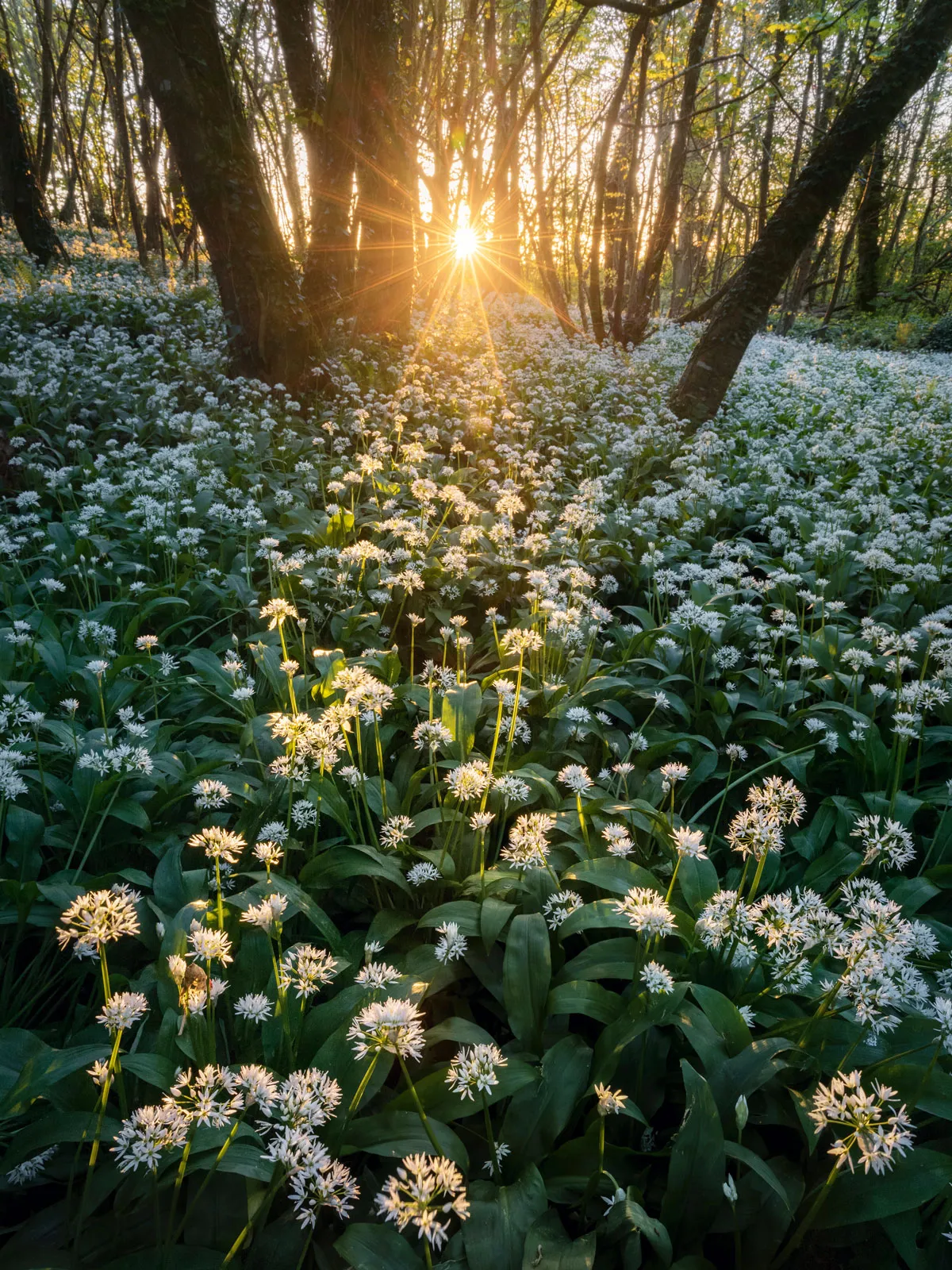
Pike
Something that will make your heart start thumping faster: a vast shadowy torpedo that isn’t a submerged log. If the water’s clear enough, you’ll make out the huge tail fin, sleek mottled green body and shark-like head of a pike. It will be motionless, endlessly patient, waiting for a smaller fish to swim within range, before surging forward with horrifying speed to engulf its victim.
Pike breed at this time of year – smaller males pursue huge females into shallow weed beds where the mighty fish thrash around as they spawn. It’s an epic event that’s seldom seen by humans.
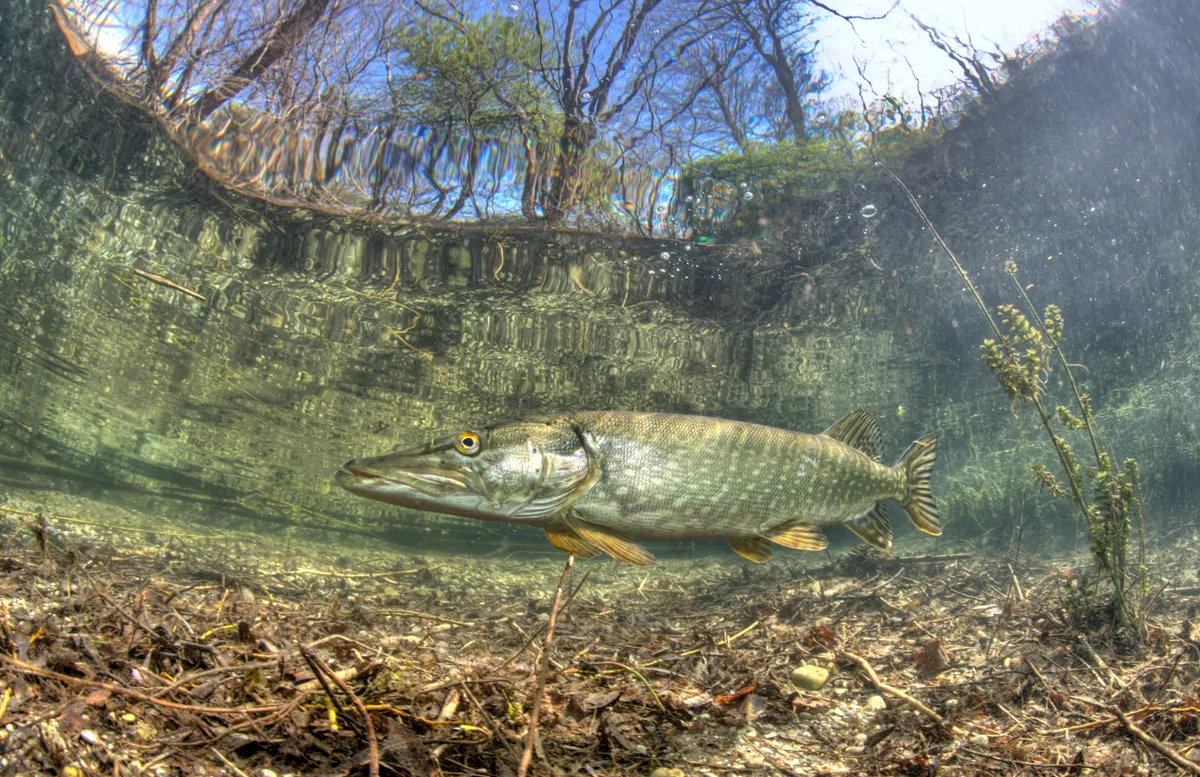
Blackthorn
The first hedgerow flower to appear, blackthorn bursts with clouds of small, starry-white flowers that look especially fragile beside the shrub’s vicious thorns. Once this beautiful display of flowers is over, blackthorn comes into its own in autumn, when it bears small plum-like fruits known as sloes.
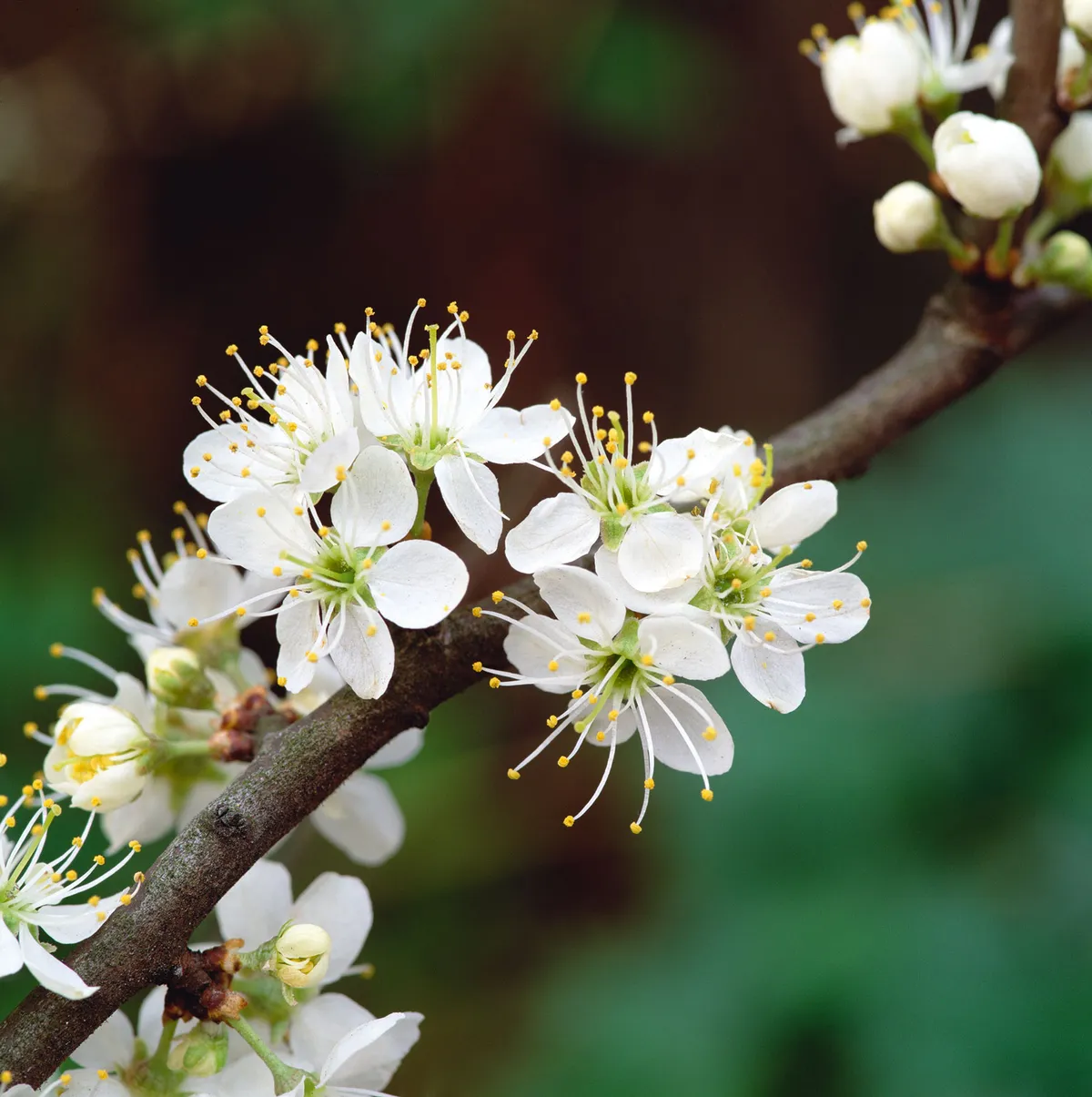
Heron colonies
Like rooks, grey herons get a head start on the seasons by building their nests before winter ends. Herons build rather untidy nests in the tops of trees, but considering that these birds are all leg, beak and neck, building anything in a precarious location is admirable.
Herons tend to nest in colonies of anything up to 30 nests in locations that are used year after year. If you think they’re noisy now, wait until April when the chicks are growing and demanding food. The birds produce an extraordinary sound as they clatter their beaks – from a distance it sounds like a steam train chugging along.
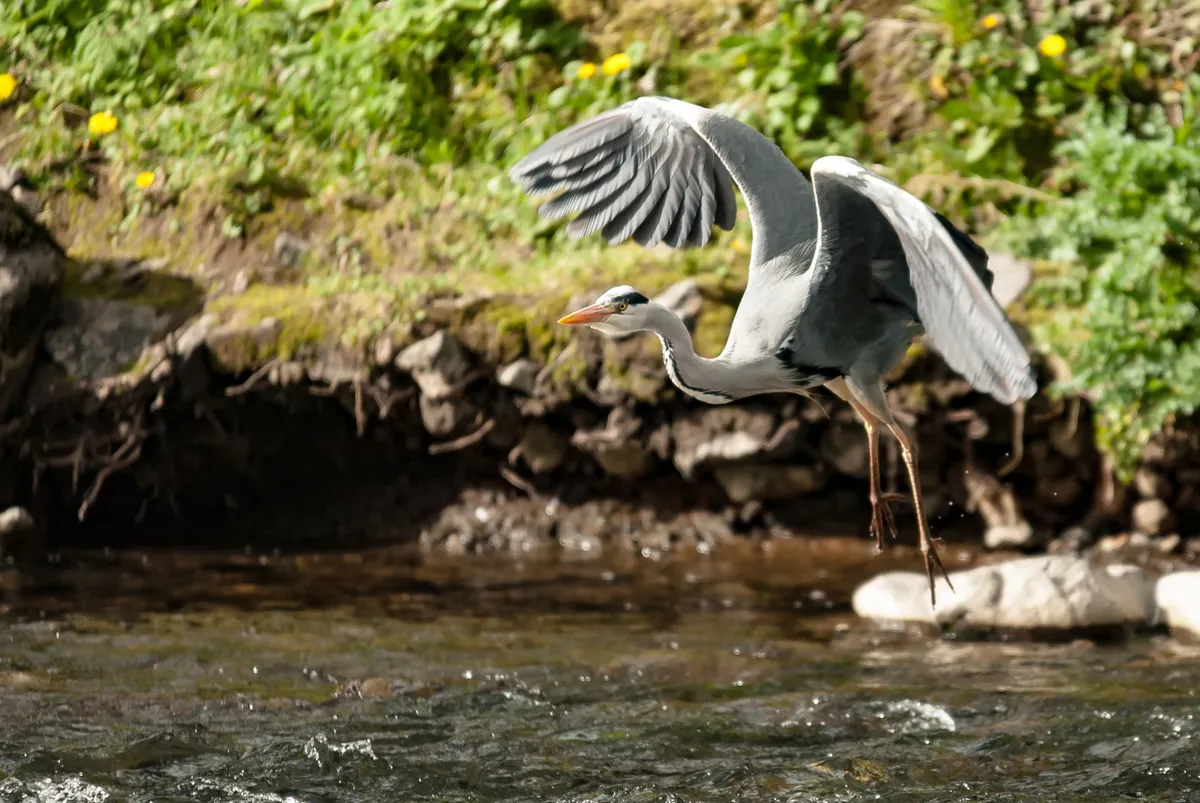
Where to see a heronry in the UK
A heronry is a site where herons have nested for many generations. Here is our pick of five of the vest places to see herons nesting in the UK.
1
Battersea Park, London
Home to one of the UK's largest heron colonies, Battersea Park in London now has more than 30 heron nest high up in the trees. The RSPB is holding a series of heron events, visit: ww2.rspb.org.uk
2
Cleeve Heronry, Avon
Cleeve Heronry is home to one of the largest heronries in the southwest with more than 40 nests dotted along the tops of oak and ash trees. The herons arrive in February and often lay their eggs in the same nests year after year. By March/April the eggs hatch, and in the early morning and evenings the adult herons can be seen flying out to their fishing grounds and returning to feed their young. The best time to see the fledglings in the nest is April, before the leaves have opened on the trees. Most have left the heronry by June. You can watch live footage of the heron cam in Cleeve Nursery. www.avonwildlifetrust.org.uk/reserves/cleeve-heronry
3
Brownsea Island, Dorset
The lagoon at Brownsea Island in Dorset is home to a wide variety of birdlife which use the area to nest, feed and roost.
You can spot over-wintering birds leaving in the spring, From May to July common and sandwich terns feed their young. Grey herons, little egrets, cormorants, oystercatchers, shelducks, kingfishers and wagtails all roost and feed at the site. www.nationaltrust.org.uk
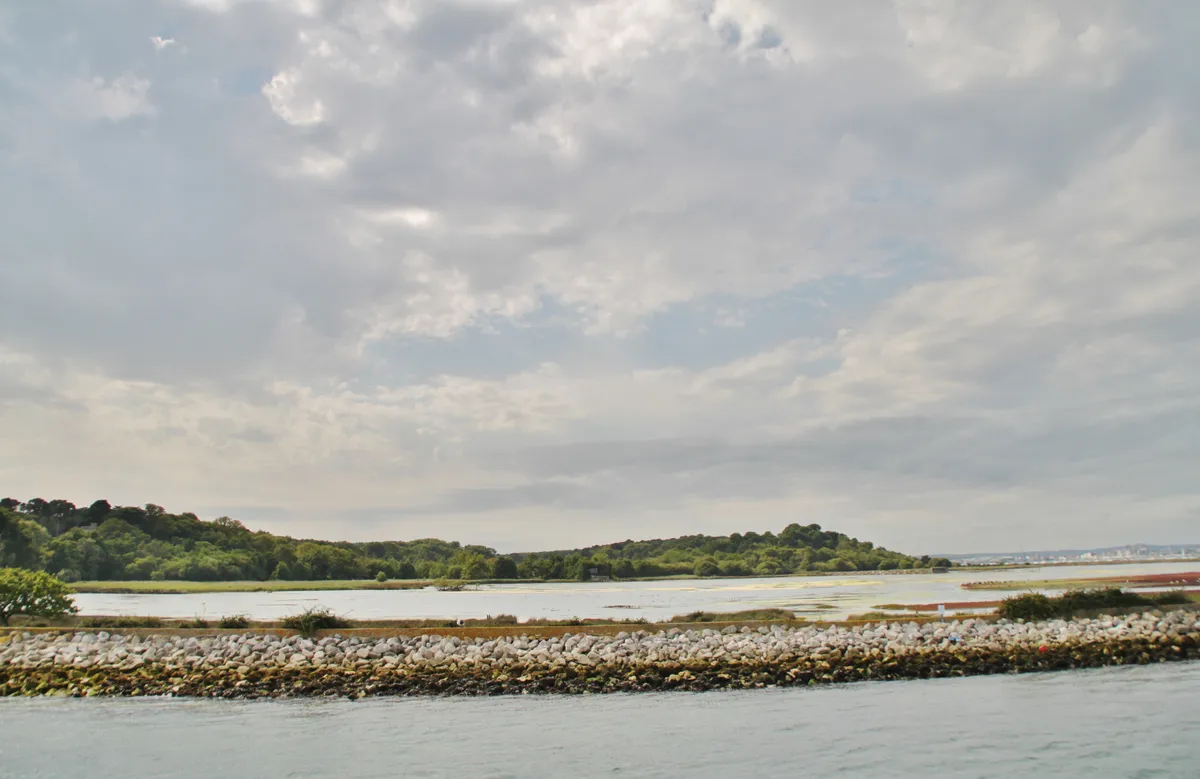
4
Ellesmere, Shropshire
Ellesmere Wildlife Reserve in Shropshire sees nesting herons return each year to Moscow Island. Using the artificial island built in the early 19th Century to raise their young, the heronry is growing in numbers. There's also a live camera feed where you can watch herons gathering and delivering nesting material in February, while come May, watch the herons lay their first eggs. www.shropshirewildlifetrust.org.uk
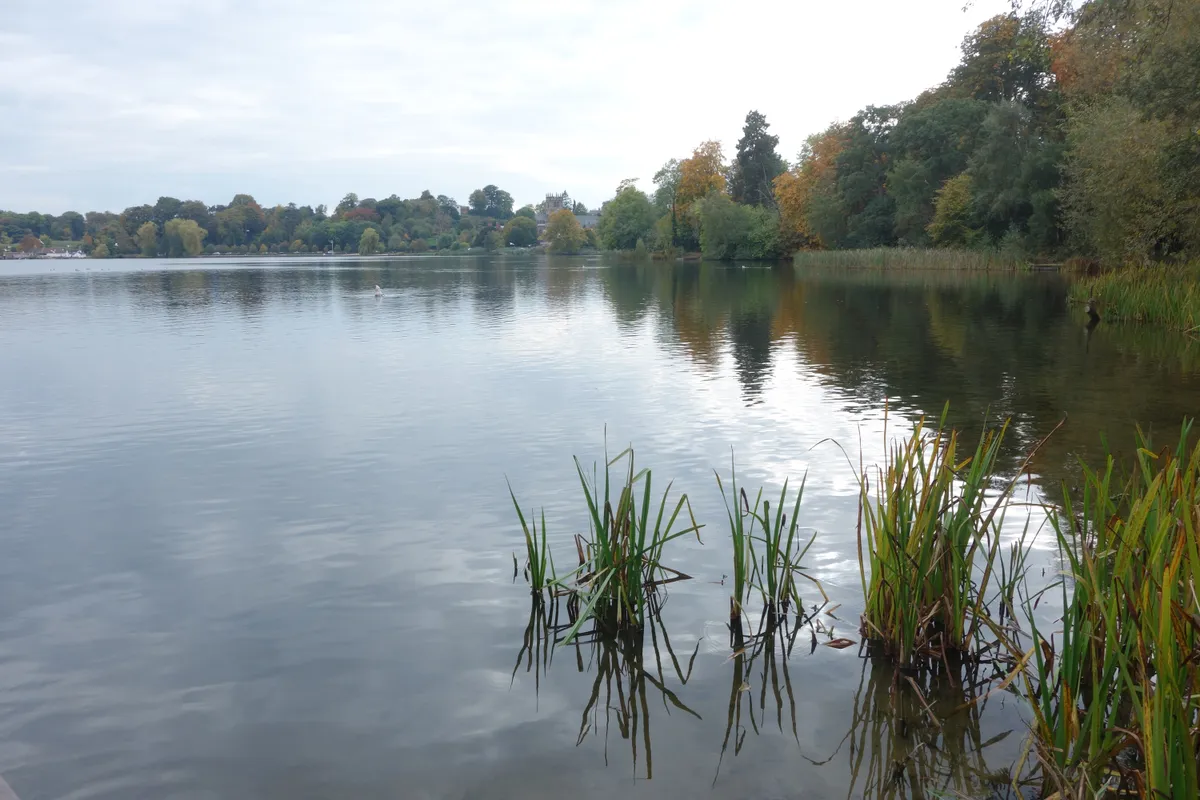
WWT Washington Tyne and Wear
Home to a variety of birdlife, WWT Washington Wetland Centre records all its wildlife sightings each week. In February 36 grey herons were recorded. www.wwt.org.uk
Other places to spot herons in the UK
While you will obviously have a much better chance of seeing herons in a heronry, herons can be seen across the UK in the countryside or even urban parks and gardens.